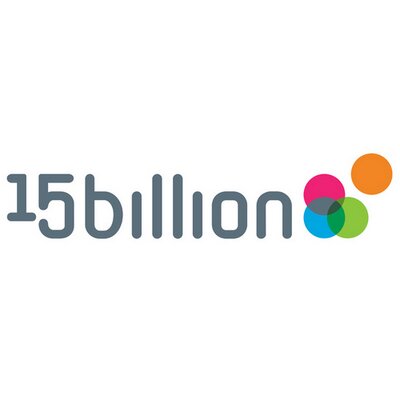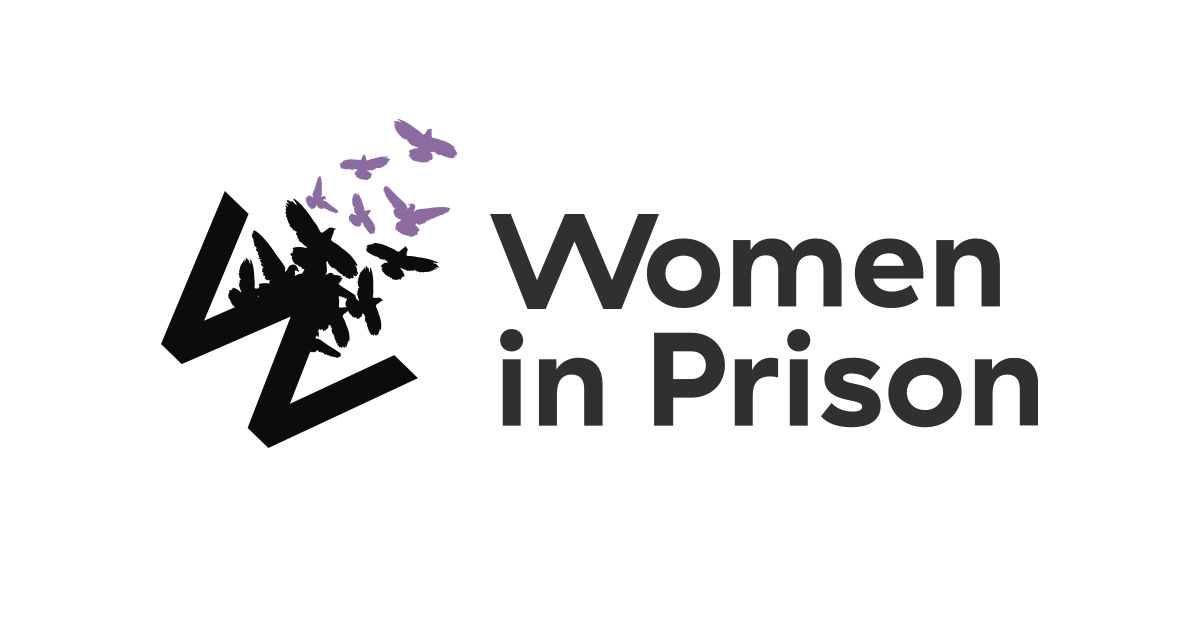From Coins to Contactless: Are Charity Buckets Going Digital?
Once a symbol of grassroots fundraising — rattling with loose change and big-hearted generosity — the humble charity bucket is undergoing a digital makeover.
In a world of cashless payments, mobile wallets, and QR codes, it’s only natural that donation methods evolve too. But what does that mean for the trusty bucket that’s long been a staple of high streets, supermarkets, and charity events?
Let’s explore how charity buckets are going digital, what’s driving the change, and what it means for the future of fundraising.
? Then: The Classic Charity Bucket
We all know the scene: a smiling volunteer outside a train station, branded bucket in hand, hoping for a clink of coins from passing commuters. These collections raised millions over the decades, especially for national campaigns like Children in Need, the Poppy Appeal, or local hospice funds.
They were effective because they were:
- Visible and engaging
- Simple — anyone could give, no setup needed
- Cash-based, which used to be the norm
But the landscape has shifted.
? Now: The Rise of Contactless Giving
With fewer people carrying cash, especially post-pandemic, charities had to rethink how they collect donations.
Enter the tap-to-donate bucket.
These buckets use contactless payment devices (like SumUp, iZettle, or GoodBox) allowing supporters to tap their card, phone, or smartwatch to give instantly.
? “Contactless giving raised 33% more per donor on average compared to cash collections,” according to several UK charities trialling the tech.
These modern buckets often feature:
- Set donation amounts (£2, £5, etc.)
- LED displays or custom messaging
- Battery-powered terminals for portability
? The Hybrid Approach: Buckets + QR Codes
For charities that want to bridge the gap, QR codes on buckets have become a smart, low-cost solution.
? How it works:
- A donor scans the QR code on the bucket
- It opens a secure donation page on their phone
- They donate via card, Apple Pay, Google Pay, etc.
It’s a simple way to update physical fundraising without needing full contactless tech — perfect for small charities or pop-up events.
Some even go further, adding:
- Thank-you videos triggered after donation
- Social media share buttons to encourage peer-to-peer giving
- Gift Aid options built into the donation flow
⚖️ Pros & Cons of Going Digital
| Pros | Cons |
|---|---|
| No need for cash handling | Setup costs for devices |
| Fast, frictionless donations | Reliant on Wi-Fi or mobile signal |
| Higher average donation amounts | Less “personal” than traditional |
| Easier to track & report | May exclude older or offline donors |
A hybrid model — combining cash, contactless, and QR options — currently seems to offer the best of both worlds.
? The Future of the Charity Bucket
While traditional buckets aren’t disappearing entirely, their role is evolving. Expect to see more:
- App-based giving linked to real-world campaigns
- Custom-branded contactless kiosks
- Wearable tech for fundraisers
- Voice-activated or AI-driven donation prompts
But at its heart, it’s still about connection — people giving to people, for a cause they care about.
? Final Thought
The bucket may be changing shape — but the spirit behind it remains the same. Whether it’s a clink of coins or the beep of a contactless tap, it’s still generosity in action.
So next time you see a charity bucket, digital or not, consider dropping something in. Because every donation still counts — and every bucket still matters.
Have you used a tap-to-donate bucket? Or is your organisation exploring digital giving tools? Let us know your experiences in the comments or tag @TheCharityChampion on social!
Find more ways to make a difference by using our Charity Finder.
Published: 26 March 2025
Updated: 25 March 2025








